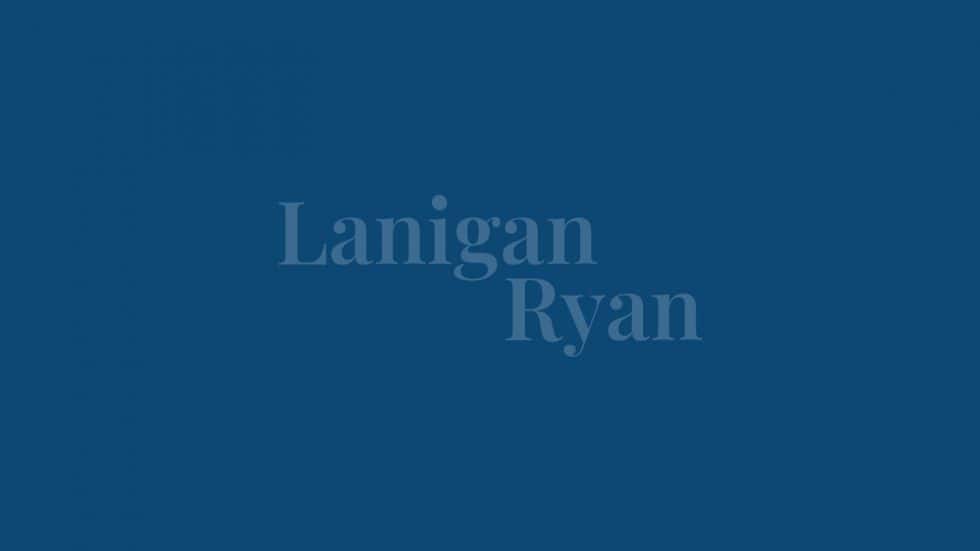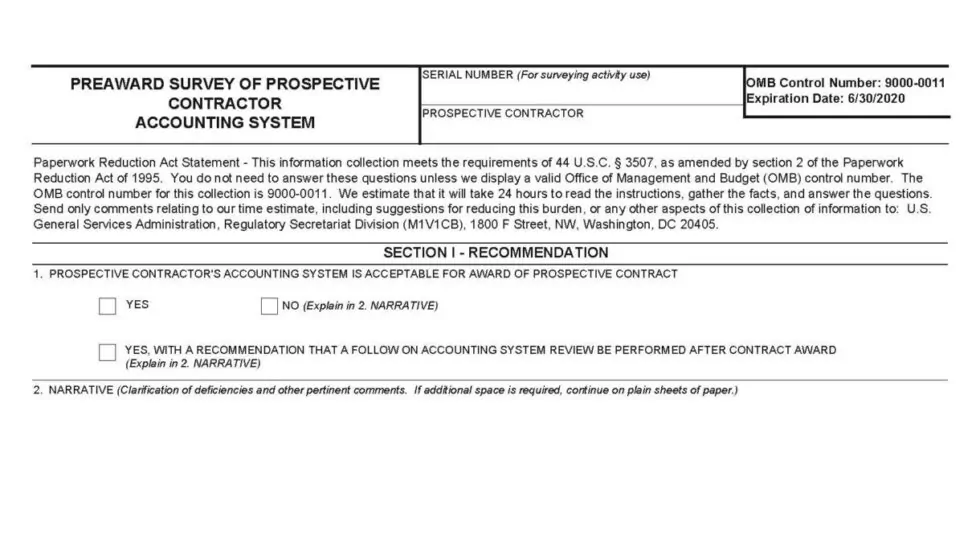There are a number of incurred cost submission schedules in the Defense Contract Audit Agency’s (DCAA) incurred cost proposal model that do not have to be included with your annual incurred cost proposal submission. But that doesn’t mean you are off the hook! Some of these optional schedules contain information needed to complete the mandatory documentation that goes with your proposal. As well, that optional documentation must be ready when the federal auditors begin their work. Consequently, it’s just sound business practice to prepare all schedules and supplemental supporting data while you are putting together your enterprise’s annual incurred cost proposal submission.
For instance, the schedules for contract briefs contain information that helps to properly indicate ceilings on rates, contract line items, tasks and particular cost elements, such as travel. That information in turn is necessary to complete these two mandatory schedules:
Schedule H — Contract Direct Costs by Contract/Subcontract and Indirect Expense Applied at Claimed Rates; and
Schedule I — Schedule Of Cumulative Direct and Indirect Costs Claimed and Billed On Cost/Flexibly Priced and T&M Contracts and Subcontracts.
Likewise, Schedule T — Executive Compensation — provides the details to support the amounts paid to top management. This document is the basis for figures put on the indirect cost pool schedule that is required with your proposal. Without Schedule T, there is likely to be a discrepancy in the amounts claimed in the indirect cost pool.
Some schedules tie into mandatory ones. For example, Schedule R — Reconciliation of Claimed Costs to Tax Return — tie into various components including direct cost reconciliations to service and production expenses and indirect reconciliations to operating and other costs. These tie-ins can be difficult because of accounting differences involving timing or because of methods used to meet government compliance requirements. Moreover, reconciliations could uncover accounting discrepancies that require adjustments or reclassifications. Those could then affect the cost pools or bases.
Schedule Q is another useful document to prepare while you are putting together your proposal. It is a comparative analysis of amounts claimed in the current and preceding year. Auditors use these schedules to hone in on areas where there are year-to-year inconsistencies. Your organization should do the same.
By preparing these schedules before submitting the final incurred cost proposal, your organization might identify misclassifications, giving your enterprise time to address them and avoid potential questions. It can also identify the business reasons for significant changes in costs that vary from year to year.
Start early. Work concurrently. Most importantly, prepare all schedules correctly!



